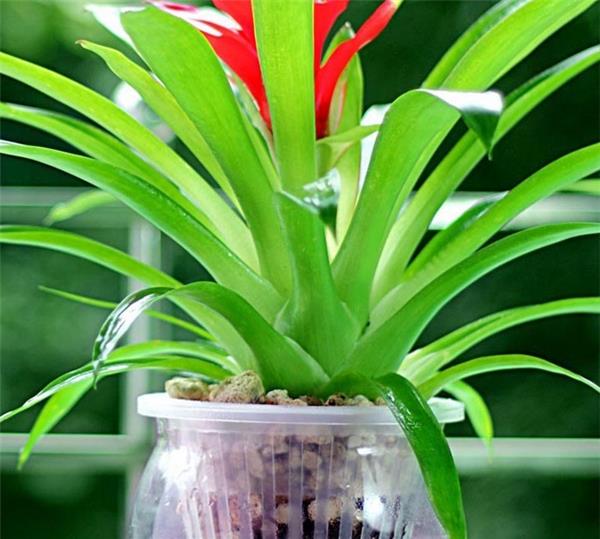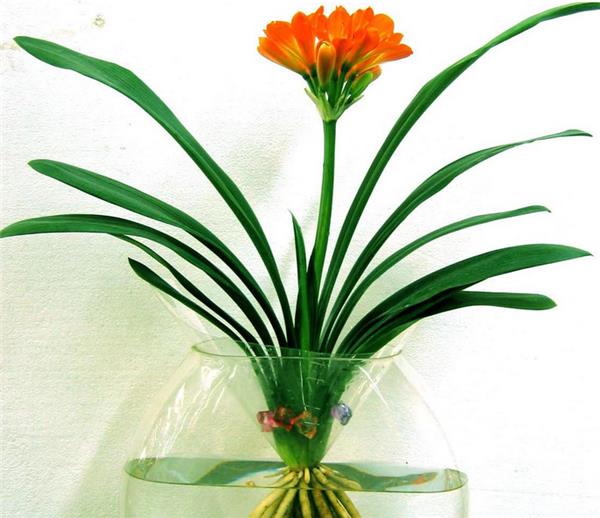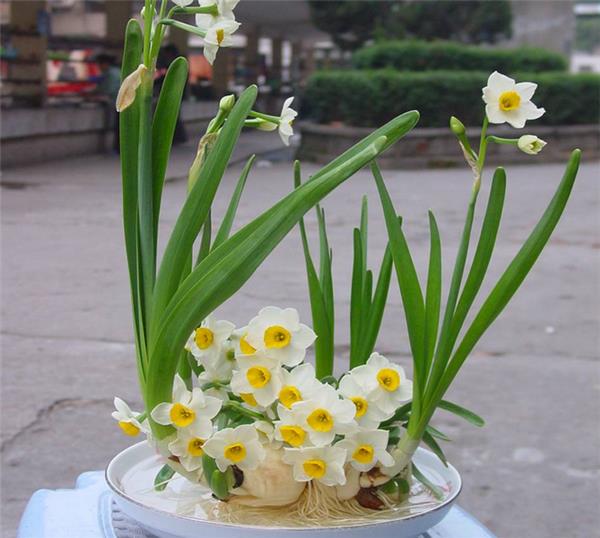How to cultivate hydroponic plants
Now, household plants come into more and more families, and hydroponic plants are more loved by people because of their cleanliness and hygiene and simple maintenance, so how to cultivate hydroponic plants?

How to cultivate hydroponic plants
1. Temperature:
The growth temperature of hydroponic plants is between 15 °C and 30 °C. Too high or too low, the plant stops growing and is in a dormant state. When the temperature is less than 10 °C, plants are prone to freezing injury.
Second, lighting:
Because of the strong conductivity of water to light, under the strong sunlight, the water temperature will rise rapidly and scald the cell tissue of plant roots. Therefore, the lighting requirements of hydroponic plants are limited to the bright indoor light, but not direct sunlight. Make up light properly in winter. Due to the lighting requirements of hydroponic plants, we should choose those shade-loving or shade-tolerant indoor ornamental plants when choosing hydroponic flowers.
3. Cultivation medium (water):
1) domestic tap water (neutral) to remove chlorine (method: put it for two days or put fish medicine fish Lebao can be used directly).
2) the water should be changed regularly, preferably once a week. The function of changing water: A. add oxygen to the root respiration of the plant. The temperature in summer is high and the oxygen content in the water is low, so the frequency of changing water should be increased than usual. B, plant metabolic excretion will be excreted in the water, regular change of water will help to clean the water environment. )
3) when changing water, rinse plant root exudates, wash utensils, clean rotten roots, and put hydroponic plant nutrient solution.

4. hydroponic plant nutrient solution:
It is composed of a large number of elements and trace elements needed for the growth of more than a dozen kinds of plants. Acidic elements and basic elements occupy respectively. If filled with a bottle, there will be a chemical reaction, the formation of other substances, affecting plant absorption. So use A, B bottle sub-filling method, and put respectively.
5. Root care:
The physiological characteristics of plant roots are light avoidance (indoor light is still acceptable). Strong light exposure will accelerate the senescence of plant root cells and lead to root rotting. Be careful not to hurt the root when changing water (the water temperature should not be too low when changing water in winter); when there are rotten roots or rotten roots, clean them up in time and increase the number of water changes. Until normal.

6. Humidity and ventilation:
Due to the indoor culture characteristics of hydroponic flowers, the range of plants we choose is shade-loving or shade-tolerant indoor ornamental plants. In addition to warm environmental conditions, most of these plants also like moist ecological characteristics. Therefore, in the process of breeding, spray water on the leaves (do not spray water on the leaves at night) to increase humidity and contribute to the growth of plants. Excessive humidity is easy to breed bacteria and cause bacterial damage to plants. Ventilation is an effective method to adjust humidity and prevent bacterial damage. Of course, in the process of family farming, excessive humidity usually does not occur. However, proper ventilation and ventilation will also contribute to the growth of plants.
7. After hydroponic cultivation, plants should also follow the original ecological habits:
After the plant is transformed from terrestrial form to water culture. Although there are some common breeding essentials, they are not all the same from now on. For example, a plant that likes a dry environment cannot spray water on its leaves every day after being cultivated by water. Because its ecological habits have not changed. Therefore, we still have to follow its inherent ecological habits when breeding.

How to change water for hydroponic plants
1. Water change time:
Generally speaking, the time for changing water should be 5-Mak for 7 days. But the change of water depends on the season. Flowers that have just been hydroponically cultivated require a change of water once every two days. The summer plant growth is exuberant, the temperature is high, the water is easy to deteriorate, the time should be shortened. In winter, most of the plants are semi-dormant or dormant, the temperature is lower, and the interval between changing water can be longer. Generally speaking, the interval between changing water is shorter, which is beneficial to plant growth.
2. Cleaning of roots and containers:
When changing water, the roots should be cleaned, clean water can be used to wash away the mucus on the roots, and some of the rotten roots and old roots that have lost their absorptive capacity can be cut off. After using the container for a period of time, the wall will adhere to some sediment, and it is also easy to grow moss, which should also be cleaned when changing water.
3. Depth of water:
When hydroponic flowers are cultivated, the roots are often immersed in water, but this method is inappropriate. It is best not to add too much water. Most of the roots are soaked in water, and a small amount of roots are exposed in the air. In this way, the roots can absorb not only dissolved oxygen in water, but also oxygen from the air.
A small amount of roots are exposed to the air so that they can absorb both dissolved oxygen and oxygen from the air.
Related
- Wuhan Hospital Iron Tree Blooming Result Was Instantly Frightened by the Gardener Master
- Which variety of camellia is the most fragrant and best? Which one do you like best?
- What is the small blue coat, the breeding methods and matters needing attention of the succulent plant
- Dormancy time and maintenance management of succulent plants during dormancy
- Minas succulent how to raise, Minas succulent plant pictures
- What are the varieties of winter succulent plants
- How to raise succulent plants in twelve rolls? let's take a look at some experience of breeding twelve rolls.
- Attention should be paid to water control for succulent plants during dormant period (winter and summer)
- Watering experience of twelve rolls of succulent plants
- Techniques for fertilizing succulent plants. An article will let you know how to fertilize succulent plants.



